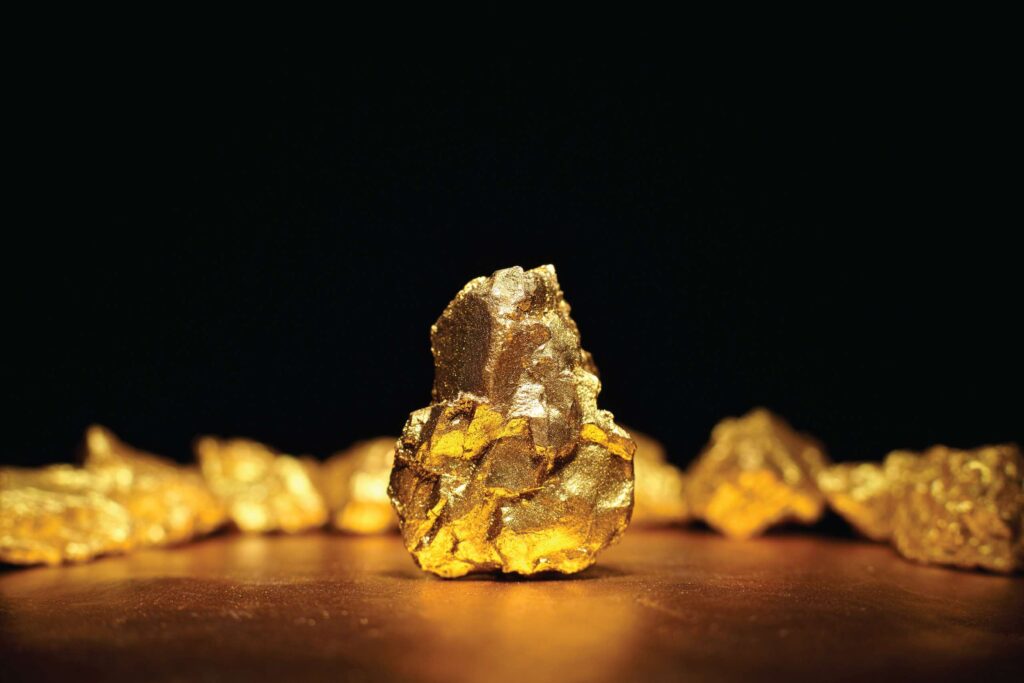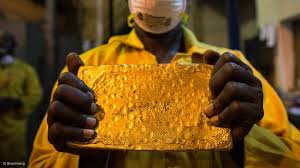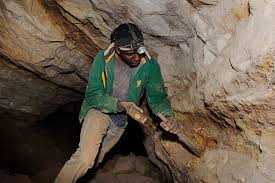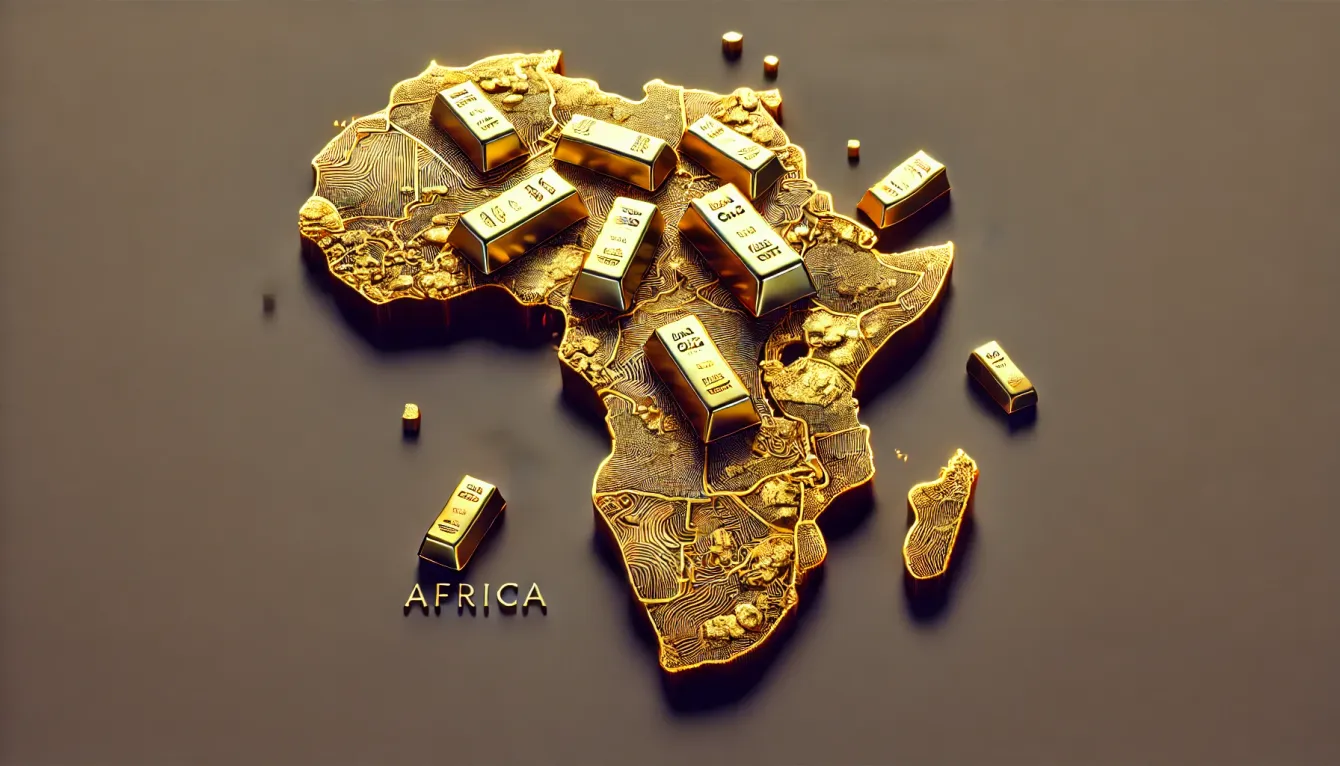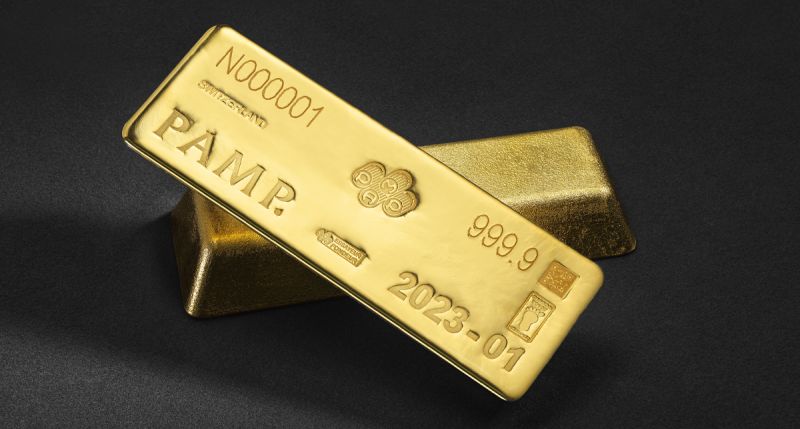Precious Metals

“Scotland’s Shining Legacy: The Untold Story Behind Africa’s Diamond Industry”

As the festive season approaches, many are gearing up to buy diamonds as engagement rings, Christmas gifts, or tokens of affection. Diamonds, glittering symbols of love and luxury, are in high demand. Yet, few stop to consider where these precious stones come from—or the centuries-old industry that makes them so accessible in today’s market. While global diamond trade is commonly associated with countries like South Africa, Botswana, and Sierra Leone, there is a seldom-discussed but significant Scottish connection that has shaped the industry’s evolution.
Scotland’s Historic Ties to Africa’s Diamond Trade. In the 19th and early 20th centuries, Scottish businessmen and mining magnates were among the first to take advantage of Africa’s rich diamond deposits. Scotland’s involvement in the African diamond industry is rooted in both its entrepreneurial spirit and its ties to British colonialism.
One of the most notable Scottish figures in this story is Cecil Rhodes, the founder of De Beers, the company that would eventually come to dominate the global diamond market. Born in England, Rhodes was heavily influenced by the Scottish businessmen who funded his ventures. His company, with its significant Scottish financial backing, consolidated diamond mines across South Africa, positioning itself as a global leader in the diamond trade.
The Scottish-based De Beers corporation, led by figures like Rhodes, amassed immense wealth from exploiting African resources. At the heart of this was a business model built on monopolizing diamond mining, often at the expense of local populations. This model was not only about controlling diamond production but also about controlling the labor force, which was often forced or coerced into working under grueling conditions.
Exploitation and Impact on African Resources
The mining of diamonds in Southern Africa was, and in many cases still is, an industry that thrives on exploitation. Scottish-led companies, especially De Beers, were instrumental in establishing an industry that would leave an indelible mark on the continent’s social, economic, and political landscape. • Labor Conditions: African workers were subjected to dangerous working conditions and brutally low wages. The system of migrant labor, which saw workers separated from their families and forced to live in subpar conditions near the mines, was widespread. This practice persisted well into the 20th century, leaving a legacy of hardship and exploitation that still echoes today. • Resource Extraction: The extraction of diamonds also came at a heavy environmental and social cost. Scottish-linked companies profited from mining Africa’s diamond-rich regions without reinvesting sufficiently in the local communities or infrastructure, leading to poverty and instability in many of these areas. • Colonial Exploitation: The role of Scottish companies in these practices can’t be separated from the broader context of British colonialism. Scotland, under British imperial rule, benefitted significantly from the exploitation of Africa’s natural resources. Many Scots were involved in the trade of African diamonds, and the wealth generated during this period laid the groundwork for the country’s economic development in the industrial age.
Government Policies and Corporate Influence

The Scottish government’s historical policies and support for imperial ventures cannot be overlooked when exploring the legacy of Africa’s diamond industry. While Scotland may not have been a colonial power in the same sense as England, it was very much a participant in and benefactor of Britain’s colonial ambitions. • Government Support: Scottish politicians, business leaders, and institutions provided crucial support to mining companies operating in Africa. The government’s encouragement of trade and commerce with its colonies facilitated the continued extraction of resources. • Post-Colonial Ties: Even after the end of formal colonial rule, many Scottish companies maintained close ties with African nations through business interests. The legacy of this is still felt in the continued influence of corporations like De Beers, which has a significant presence in Africa to this day. • Political and Economic Influences: The Scottish government, through both direct and indirect influence, contributed to shaping policies that allowed the diamond trade to flourish under exploitative practices. While the country has since moved away from imperialism, the historical connections between Scottish business and African resources are not easily erased.
The Ethical Dilemmas and Modern-Day Connections
As we buy diamonds this holiday season, it’s worth considering how much of this wealth was built on the backs of exploited labor and African resources. While modern-day diamond companies have made strides in improving labor conditions and transparency, the ethics of diamond mining remain a subject of controversy. Issues such as blood diamonds, conflict financing, and human rights abuses continue to plague the industry, and Scottish-linked companies are still involved in these ongoing debates. • The Kimberley Process: This initiative, designed to prevent the trade of conflict diamonds, is often criticized for its lack of enforcement and its failure to address the root causes of exploitation in the diamond mining industry. Scottish businesses involved in the diamond trade are under increasing scrutiny to ensure that the diamonds they deal in are not tainted by unethical practices. • Corporate Social Responsibility: In the modern era, corporations like De Beers have made efforts to improve their corporate social responsibility practices. However, the historical legacy of exploitation remains a challenge for the Scottish government and businesses as they continue to trade in African resources.
Remembering the Past, Shaping the Future
The connection between Scotland and Africa’s diamond industry is a complex and often uncomfortable one. It’s a story of wealth generated through the exploitation of African resources and labor, a legacy that continues to shape the industry today. As we celebrate the joy of gifting diamonds this festive season, we should also reflect on the history behind the sparkle.
Scotland, with its rich history of entrepreneurship and global trade, must come to terms with its involvement in this dark chapter of the diamond industry. Acknowledging this past is the first step toward ensuring that the diamond trade, in all its forms, is built on a foundation of fairness, transparency, and respect for the workers and communities whose resources are the true source of its wealth.
1. Holiday Diamond Sales Growth: • According to the National Retail Federation (NRF), holiday sales in the U.S. can account for up to 20-30% of annual retail sales for many jewelers, with engagement rings and diamond jewelry being some of the top gifts purchased during this period. 2. Global Diamond Demand: • The World Diamond Council reports that global diamond demand during the holiday season tends to peak, with engagement rings, in particular, driving up sales. In the United States alone, nearly 12 million engagement rings are sold annually, and a significant portion of those sales happens around the holiday season, especially around Christmas and New Year’s. 3. U.S. Market Statistics: • The Diamond Producers Association has noted that the average U.S. consumer spends about $6,000 to $10,000 on a diamond engagement ring, with many purchasing the majority of their jewelry during the Christmas season. • Approximately 33% of engagement ring sales occur during the fourth quarter of the year, which spans the holiday season (October-December). 4. UK Diamond Purchases: • In the UK, the Jewellery Retailers Association found that roughly 10% of all diamond jewelry purchases occur in the run-up to Christmas, with engagement rings and pendants being the most popular items. 5. Growth of Online Sales: • Online diamond sales have seen significant growth in recent years, with reports suggesting that approximately 20% of all diamond jewelry purchases are made through online platforms, particularly during the holiday season. In 2021, it was estimated that $2.5 billion in jewelry sales were made online during the Christmas season in the U.S. alone. 6. Social Media Influence: • The rise of social media, especially platforms like Instagram and Pinterest, has boosted engagement ring and diamond jewelry sales, with a 60% increase in online engagement ring searches during the Christmas period compared to other months of the year. 7. Diamond Prices During Holidays: • According to Diamond Pro, diamond prices can see a slight increase during the holiday season due to the heightened demand, often rising by 5-10% leading up to Christmas.
As we celebrate the holiday season with the gifting of diamonds, it’s important to pause and reflect on the true origins of these precious stones. While they symbolize love, commitment, and celebration today, their history is deeply intertwined with the exploitation of African resources and labor, much of which was shaped by Scottish and British business interests.
Scotland’s role in the global diamond trade, especially during the colonial era, left a legacy of wealth built on the backs of marginalized communities. This legacy, while often overlooked, continues to have an impact on both the diamond industry and the countries that have borne the cost of extraction. As the world becomes increasingly conscious of ethical sourcing and the human cost behind the glittering diamonds we wear, it is crucial to recognize the broader implications of this history.
The story of Scotland’s involvement in Africa’s diamond trade is not just one of past exploitation it is a call to action for the present and future. For Scotland, there’s an opportunity to lead by example, engaging in conversations about fairness, transparency, and responsibility in global trade. By acknowledging and learning from this history, Scotland and the broader international community can work toward creating a diamond industry that values human dignity, ethical practices, and sustainable progress.




